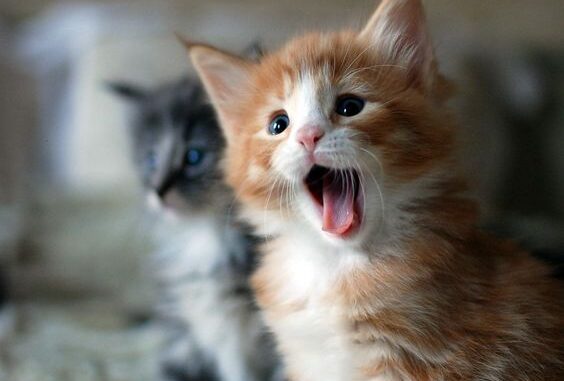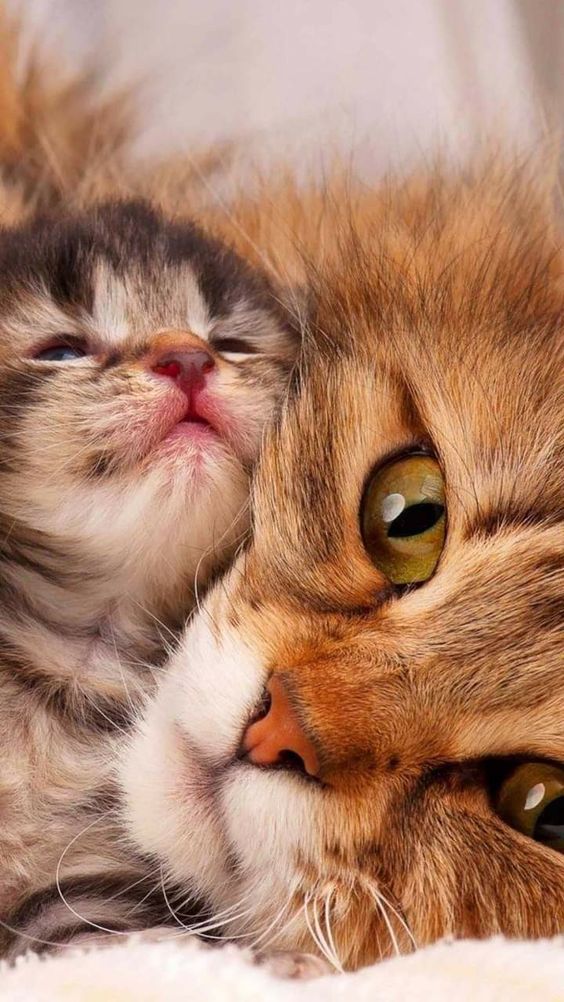
Cat families, also known as clowders, offer a fascinating glimpse into the social lives of felines. Contrary to the belief that cats are solitary creatures, they exhibit complex social behaviors that are both captivating and essential for their well-being. This SEO-optimized article explores the enchanting world of cat families, providing insights that can help pet owners better understand and care for their feline friends.
The Structure of Cat Families
Cat families are typically matriarchal, with the mother cat, or queen, at the center. These families can include her kittens and sometimes other related females and their offspring. This structure allows for cooperation and social learning within the group.

1. The Queen’s Role: The mother cat is the primary caregiver, responsible for nursing, grooming, and protecting her kittens. She teaches them vital skills, such as hunting and social interaction, which are crucial for their development.
2. Sibling Bonds: Kittens form strong bonds with their siblings through play. This play is essential for their physical and social development, helping them learn important skills like stalking, pouncing, and establishing social hierarchies.
3. Extended Family Dynamics: In larger clowders, related females may help raise the kittens. This cooperative behavior, known as alloparenting, strengthens social bonds and enhances the kittens’ survival chances. It also provides more opportunities for social learning and interaction.
Communication in Cat Families

Cats use a combination of vocalizations, body language, and scent marking to communicate with each other. Understanding these communication methods can help pet owners interpret their cats’ behaviors and needs.
1. Vocalizations: Cats have a variety of vocalizations, each with a different meaning. Meows are often used to communicate with humans, while purrs can indicate contentment or a need for comfort. Hissing and growling are typically signs of aggression or fear.
2. Body Language: A cat’s body language can tell you a lot about their mood and intentions. For example, a cat with an upright tail is usually feeling confident and friendly, while a cat with flattened ears and a puffed-up tail is likely scared or angry.
3. Scent Marking: Cats use scent glands on their face, paws, and tail to mark their territory. By rubbing against objects or scratching surfaces, they leave their scent behind, signaling ownership and establishing a sense of security.
Benefits of Understanding Cat Family Dynamics

Understanding the dynamics of cat families can lead to a more harmonious household and a stronger bond with your feline companions.
1. Enhanced Relationships: Recognizing and respecting your cat’s social needs can strengthen your bond. Providing opportunities for interactive play and ensuring each cat has its own space can help maintain peace in multi-cat households.
2. Improved Well-being: Cats that live in an environment where their social and territorial needs are met are generally happier and healthier. Reducing stress and preventing conflicts can lead to fewer behavioral issues and a longer, more fulfilling life for your cats.
3. Effective Conflict Resolution: Understanding the root causes of conflicts between cats can help you manage and resolve issues more effectively. This might involve providing additional resources, such as extra litter boxes and feeding stations, or seeking advice from a veterinarian or animal behaviorist.
Conclusion
Cat families are complex social units that offer a fascinating insight into the world of feline behavior. By understanding and respecting these dynamics, pet owners can create a more enriching and harmonious environment for their cats. Whether you are a long-time cat owner or new to the world of feline companionship, appreciating the social structures of cat families can enhance your relationship with your pets and contribute to their overall well-being.

